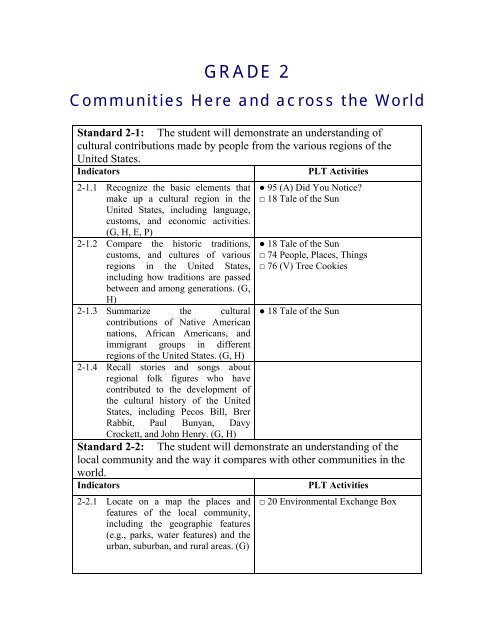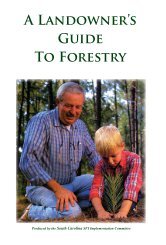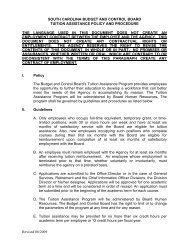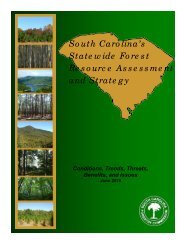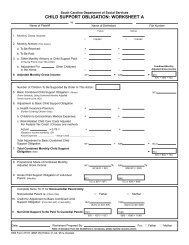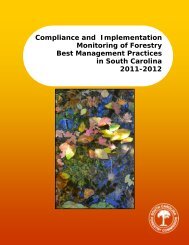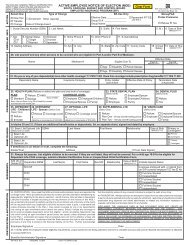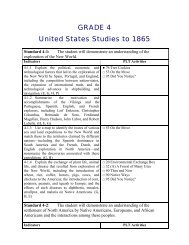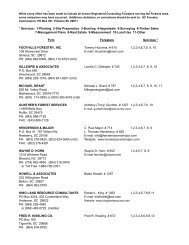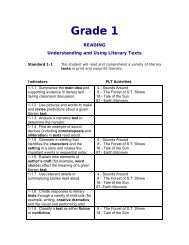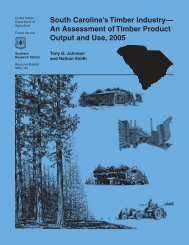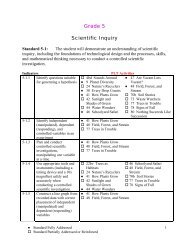Grade 2 Social Studies Correlation
Grade 2 Social Studies Correlation
Grade 2 Social Studies Correlation
You also want an ePaper? Increase the reach of your titles
YUMPU automatically turns print PDFs into web optimized ePapers that Google loves.
GRADE 2<br />
Communities Here and across the World<br />
Standard 2-1: The student will demonstrate an understanding of<br />
cultural contributions made by people from the various regions of the<br />
United States.<br />
Indicators<br />
PLT Activities<br />
2-1.1 Recognize the basic elements that<br />
make up a cultural region in the<br />
United States, including language,<br />
customs, and economic activities.<br />
(G, H, E, P)<br />
2-1.2 Compare the historic traditions,<br />
customs, and cultures of various<br />
regions in the United States,<br />
including how traditions are passed<br />
between and among generations. (G,<br />
H)<br />
2-1.3 Summarize the cultural<br />
contributions of Native American<br />
nations, African Americans, and<br />
immigrant groups in different<br />
regions of the United States. (G, H)<br />
2-1.4 Recall stories and songs about<br />
regional folk figures who have<br />
contributed to the development of<br />
the cultural history of the United<br />
States, including Pecos Bill, Brer<br />
Rabbit, Paul Bunyan, Davy<br />
Crockett, and John Henry. (G, H)<br />
Standard 2-2:<br />
● 95 (A) Did You Notice?<br />
□ 18 Tale of the Sun<br />
● 18 Tale of the Sun<br />
□ 74 People, Places, Things<br />
□ 76 (V) Tree Cookies<br />
● 18 Tale of the Sun<br />
The student will demonstrate an understanding of the<br />
local community and the way it compares with other communities in the<br />
world.<br />
Indicators<br />
PLT Activities<br />
2-2.1 Locate on a map the places and<br />
features of the local community,<br />
including the geographic features<br />
(e.g., parks, water features) and the<br />
urban, suburban, and rural areas. (G)<br />
□ 20 Environmental Exchange Box
2-2.2 Recognize characteristics of the<br />
local region, including its<br />
geographic features and natural<br />
resources. (G, E)<br />
2-2.3 Summarize the roles of various<br />
workers in the community, including<br />
those who hold government jobs<br />
there. (E)<br />
2-2.4 Summarize changes that have<br />
occurred in the life of the local<br />
community over time, including<br />
changes in the use of the land and in<br />
the way that people earn their living<br />
there. (G, E, H)<br />
2-2.5 Compare the history and features of<br />
the local community with those of<br />
different communities around the<br />
world. (G)<br />
□ 13 (B) We All Need Trees<br />
□ 22 (A) Trees as Habitats<br />
□ 30 Three Cheers for Trees<br />
□ 32 (A)A Forest of Many Uses<br />
● 74 People, Places, Things<br />
● 30 Three Cheers for Trees<br />
● 31 Plant a Tree<br />
● 32 (A) A Forest of Many Uses<br />
● 36 Pollution Search<br />
● 54 (A)I’d Like to Visit a Place<br />
Where…<br />
● 87 Earth Manners<br />
● 89 (A)Trees for Many Reasons<br />
□ 16 (A)Pass the Plants, Please<br />
□ 20 Environmental Exchange Box<br />
□ 21(A) Adopt a Tree<br />
□ 51 Make Your Own Paper<br />
□ 74 People, Places, Things<br />
□ 77 (A) Trees in Trouble<br />
□ 81 (C) Living with Fire<br />
□ 95 (A) Did You Notice?<br />
□ 20 Environmental Exchange Box<br />
Standard 2-3: The student will demonstrate an understanding of<br />
origins, structure, and functions of local government.<br />
Indicators<br />
PLT Activities<br />
2-3.1 Recognize different types of local<br />
laws and those people who have the<br />
power and authority to enforce them.<br />
(P)<br />
2-3.2 Identify the roles of leaders and<br />
officials in local government,<br />
including law enforcement and<br />
public safety officials. (P)<br />
2-3.3 Explain the ways that local and state<br />
governments contribute to the<br />
federal system, including law<br />
enforcement and highway<br />
construction. (P)<br />
● 74 People, Places, Things<br />
□ 81 (C) Living with Fire<br />
● 74 People, Places, Things<br />
● 74 People, Places, Things
Standard 2-4: The student will demonstrate an understanding of the<br />
division of the world geographically into continents and politically into<br />
nation-states.<br />
Indicators<br />
PLT Activities<br />
2-4.1 Identify on a map the continents and<br />
the major nation-states of the world<br />
and distinguish between these two<br />
entities. (P, G)<br />
2-4.2 Summarize how nation-states<br />
interact with one another in order to conduct<br />
trade. (P, H, E, G)<br />
Standard 2-5: The student will demonstrate an understanding of trade<br />
and markets and the role of supply and demand in determining the price<br />
and allocation of goods within the community.<br />
Indicators<br />
PLT Activities<br />
2-5.1 Identify examples of markets and<br />
price in the local community and explain<br />
the roles of buyers and sellers in creating<br />
markets and pricing. (E)<br />
2-5.2 Summarize the concept of supply<br />
and demand and explain its effect on price.<br />
(E)<br />
2-5.3 Recognize that people’s choices<br />
about what they buy will determine what<br />
goods and services are produced. (E)<br />
2-5.4 Identify the relationships between<br />
trade and resources both within and among<br />
communities, including natural, human, and<br />
capital resources. (E)<br />
□ 89 (A) Trees for Many Reasons<br />
● 31 Plant a Tree<br />
● 36 Pollution Search<br />
● 87 Earth Manners<br />
● 89 (A) Trees for Many Reasons<br />
□ 51 Make Your Own Paper<br />
□ 54 (C) I’d Like to Visit a Place<br />
Where…<br />
□ 81 (C) Living with Fire


